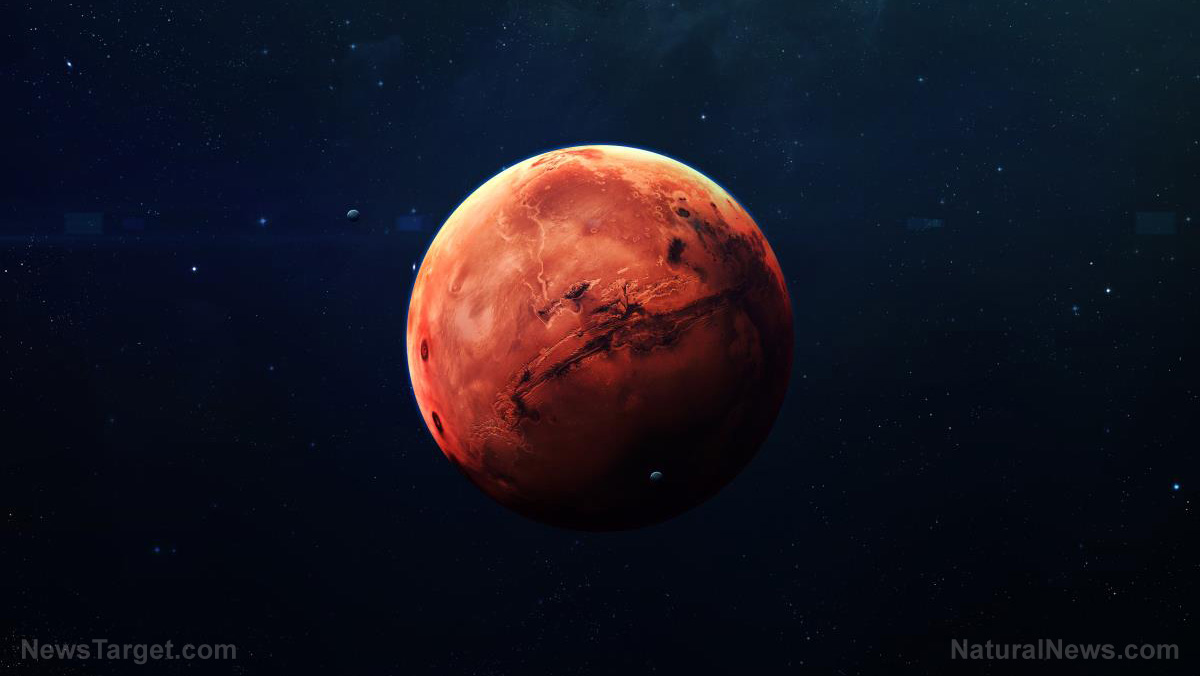
Advertisement
American scientists have uncovered evidence supporting the theory that an asteroid impact formed the Martian moons Phobos and Deimos. According to an article on Space.com, their computer models showed that an event involving an object of the same size as the biggest members of the asteroid belt would have launched sufficient debris to form the two satellites of Mars.
Southwest Research Institute (SwRI) researcher Robin Canup is one of the foremost experts in simulating planet-sized collisions. He stated that his team’s computer model was the first self-consistent simulation that figured out what kind of impact could create Phobos and Deimos.
For decades, Canup and his counterparts around the world have investigated the origins of the Red Planet’s moons. Some models suggest Phobos and Deimos came from the asteroid belt. Others hypothesized that a disk of debris around Mars fused into the two moons.
The almost-circular orbits that Phobos and Deimos follow around Mars’ equator support the impact debris theory. (Related: Why did Mars dry out? NASA space telescope reveals insights.)
Impactors might have created Phobos, Deimos, and Earth’s own moon
This wouldn’t be the first time an impact event created a moon. A leading theory about Earth’s moon believed our planet got hit by something the size of Mars in the past.
To put that into perspective, Earth has a diameter of 8,000 miles (12,875 km). Mars, in comparison, measures 4,200 miles (6,760 km).
Our Moon is about 25 percent as big as Earth. Phobos and Deimos are much tinier than their fellow satellite or their parent planet. Not only do the Martian moons have diameters of just 7.5 and 14 miles (12 and 22.5 km), respectively, but they also have much smaller orbits.

SwRI’s Canup said that the size of the impactor determines how big the resulting moons are. Earth’s large moon required a giant impactor the size of Mars. Phobos and Deimos are minuscule, so a merely “large” impactor around the size of Ceres or Vesta would do the job.
Ceres is the biggest member of the asteroid belt. Measuring 584 miles (940 km) in diameter, it is big enough to be considered a dwarf planet. The runner-up is Vesta, with a diameter of 329 miles (530 km).
Phobos and Deimos are the last moons of Mars
The SwRI model also suggests the impact that formed Phobos and Deimos also created other moons. So where are they now?
Canup’s fellow researcher, Julien Salmon, said that the debris from the impact created a disk around the Martian equator. The inner parts of this debris field fused into large moons. Because they orbited very close to Mars, these moons eventually crashed into the planet.
Meanwhile, the outermost parts of the disk became Phobos and Deimos, the last of the moons of Mars. The inwardly-spiraling Phobos will eventually crash into the planet as well, while the outward-bound Deimos may one day escape orbit.
Earlier simulations also resulted in multiple moons, but those models used giant impactors that would have resulted in huge debris disks. Big disks are much more partial to big inner moons, so Phobos and Deimos would have never been formed.
The SwRI study also gave researchers an idea of what space probes could expect upon reaching Phobos and Deimos. Canup noted that the two moons came from Mars, so they should have more or less the same elements as their parent planet.
The future Mars Moons eXploration (MMX) mission may provide a definitive answer. Planned by the Japan Aerospace Exploration Agency (JAXA) and set for a 2024 launch, MMX will land on Phobos and take a materials sample that will be sent back to Earth by 2029.
You can read more articles about the conditions on Mars and its moons at Cosmic.news.
Sources include:
Submit a correction >>
This article may contain statements that reflect the opinion of the author
Advertisement
Advertisements















